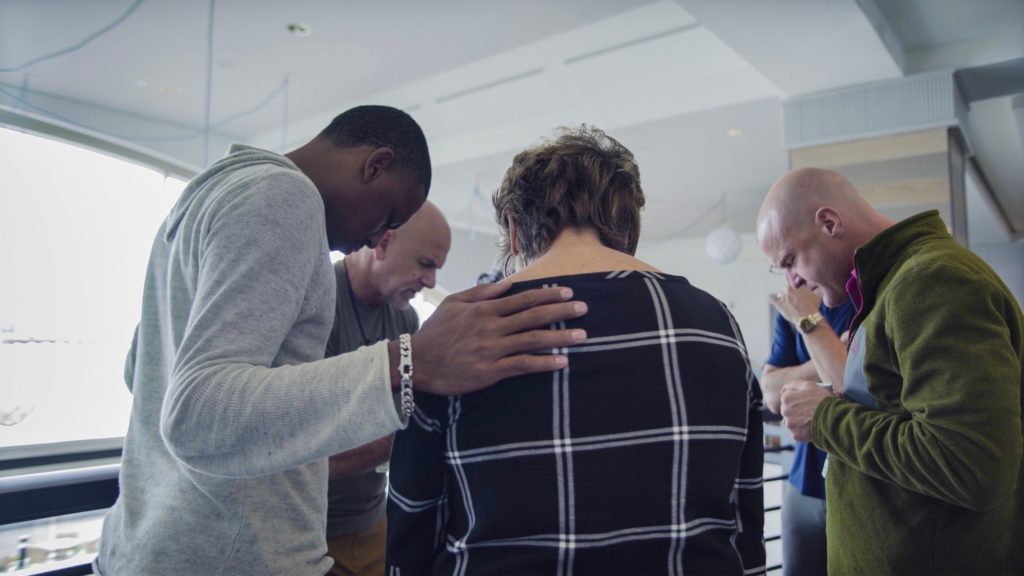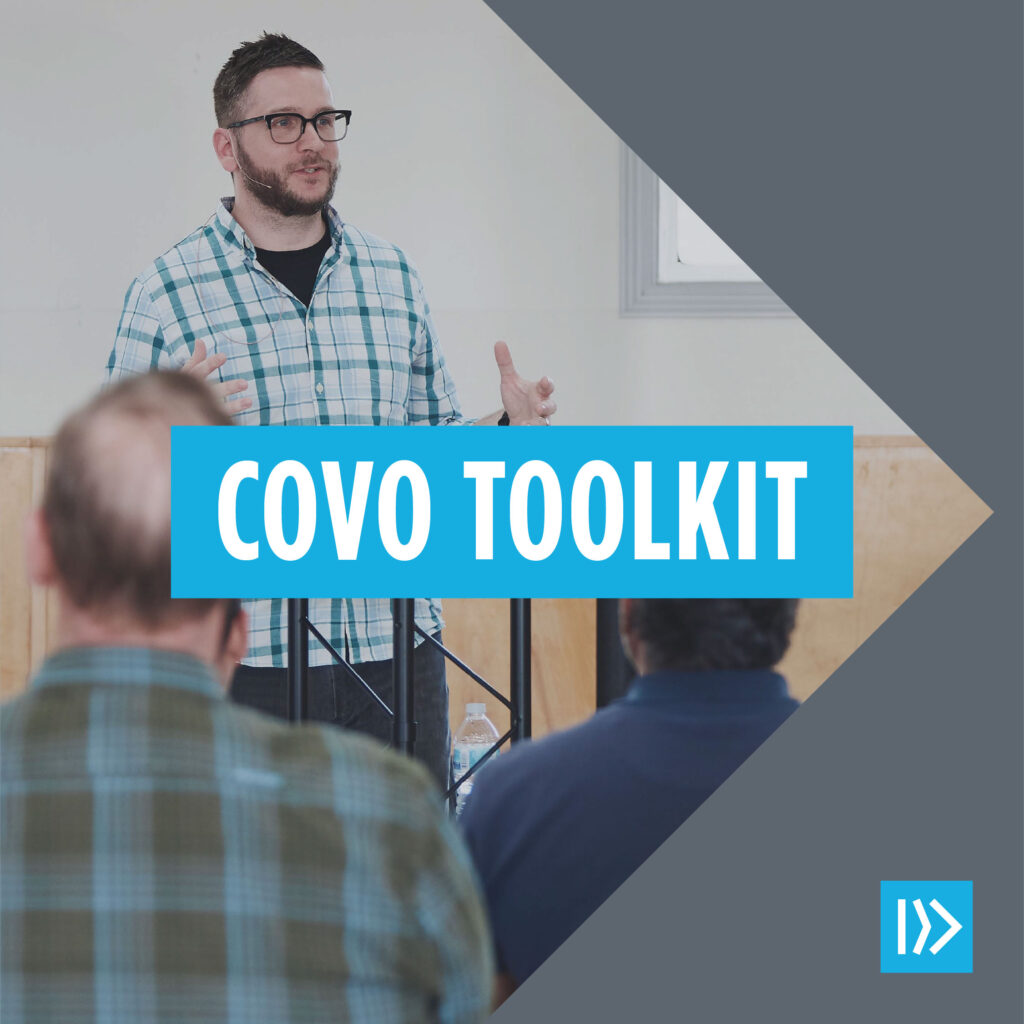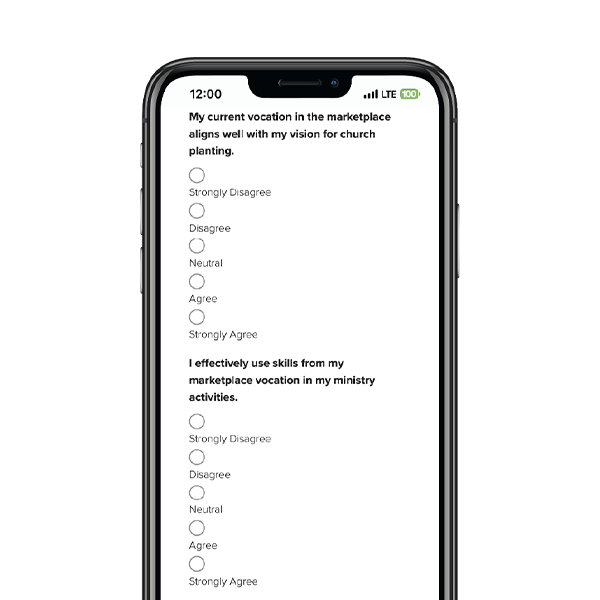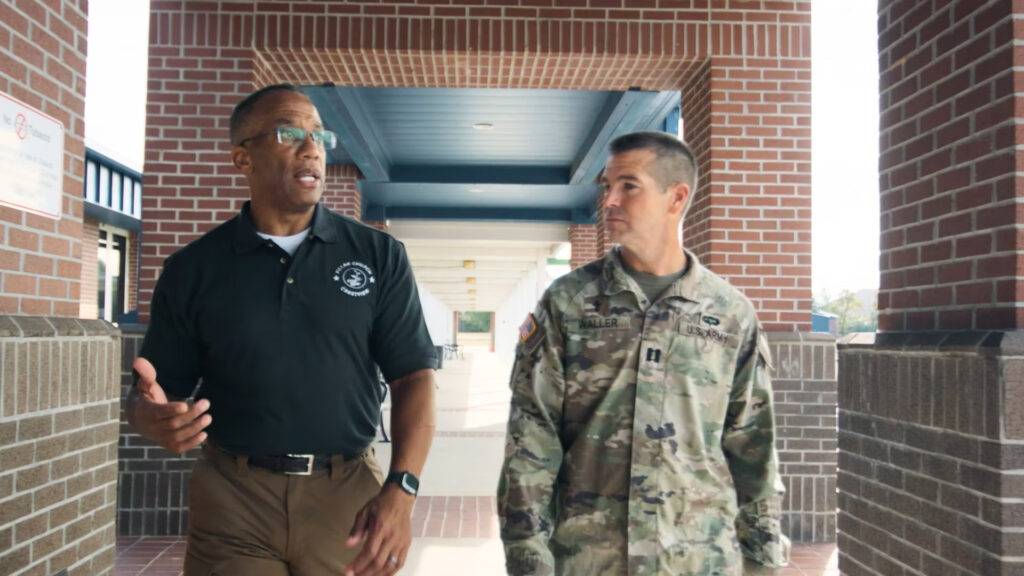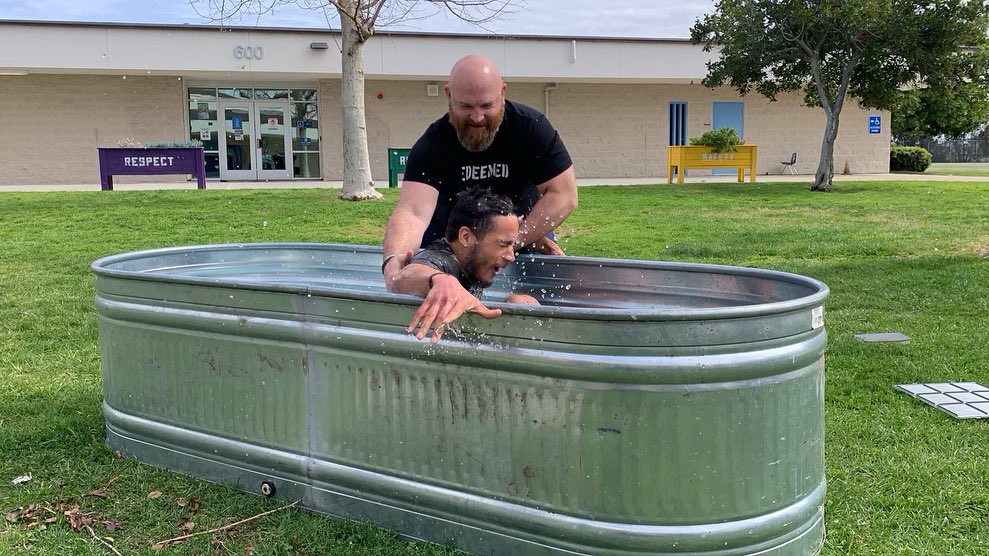Reaching your community with the gospel of Jesus Christ requires what I call “church-community intersections.” In other words, we must identify and create relational spaces where the church and the community can intersect in real, loving, life-changing ways.
No one did this better than Jesus from Nazareth. It is still very relevant to ask the question, “What would Jesus do?” Or, to put it another way for the sake of our topic, “How did Jesus reach his community?”
The Lord Jesus in all of His majesty, beauty, glory, and goodness is infinitely more than a community outreach example. And yet He is the worthiest example in the world of every good thing — including community outreach.
So, here are five snapshots that capture some of the ways Jesus reached his community. I’ve included a bullet point of practical application to consider under each one.
1. Power
And Jesus returned in the power of the Spirit to Galilee, and a report about him went out through all the surrounding country. (Luke 4:14, ESV)
Jesus started His public ministry fully depending on the power of the Holy Spirit to reach His community. How much more must we depend on the power of the Spirit?
- Regularly verbalize to yourself and your church that real transformation in your community can never happen apart from the power of the Spirit.
2. Prayer
But Jesus Himself would often slip away to the wilderness and pray. (Luke 5:16, ESV)
Jesus consistently spent time in prayer with His Father. This is how Jesus aligned His heart and will with the Father. This is how He accessed the power of the Spirit to change His community.
- Add regular times of personal prayer to your calendar. Also add regular times of corporate prayer to your church calendar. During these times, ask our Father for the Spirit’s power to love, serve, and proclaim the gospel to the people in your community.
3. People
And as Jesus reclined at table in the house, behold, many tax collectors and sinners came and were reclining with Jesus and his disciples. And when the Pharisees saw this, they said to his disciples, “Why does your teacher eat with tax collectors and sinners?” (Matt. 9:10-11, ESV)
Jesus always put himself in the pathway of people, especially people who were shunned by the religious majority.
- I have put it into my weekly calendar to place myself among the “tax collector” types in my city for the sake of the gospel. Let me encourage you to intentionally schedule time every week to interact with the marginalized people in your community.
4. Plan
Jesus said to his disciples, “Have the people sit down in groups of about fifty each.” And they did so, and had them all sit down. And taking the five loaves and the two fish, he looked up to heaven and said a blessing overthem. Then he broke the loaves and gave them to the disciples to set before the crowd. (Luke 9:14-16, ESV)
Jesus used a strategic plan to meet the needs of His community with the greater goal of revealing His salvation and glory.
- Develop a simple plan to help your church reach your community. For example, our church created “One Soul” cards. These cards have spaces for three names. These three people are prayed for, served in a tangible way, and presented with the gospel. Our prayer is that God would save at least one soul listed on the card.
5. Preach
Jesus said to them, “I must preach the good news of the kingdom of God to the other towns as well; for I was sent for this purpose.” (Luke 4:43, ESV)
Preaching the good news was the passionate priority of Jesus’ ministry to his community.
- Whether you’re gathered with your church, hanging out at a coffee shop, volunteering in the neighborhood, in line at the grocery store, or at a local event — be sure to call the precious people in your community to turn from their sin and trust in God’s Son. This is our mission!
By the grace of God, live out these five principles as you follow in the Savior’s steps. Equip your leaders and congregation to do the same. Watch what God does in your community over the long haul — for your joy and His glory!
Be encouraged! Jesus is with you, even until the end of the age.,
Published December 11, 2018
